New Articles
-
 迈向新世界秩序:以社区生态主权取代地缘政治... 2025/06/23
迈向新世界秩序:以社区生态主权取代地缘政治... 2025/06/23Towards a New World Order: Replacing Geopolitical Sovereignty with Community Ecological Sovereignty迈向新世界秩序...
-
 遣返、消化、改变三大策略并举 2025/06/12
遣返、消化、改变三大策略并举 2025/06/12Deportation, Integration, and Transformation: Three Concurrent Strategies to Address Illegal Immigration 解决“非法移...
-
 川普与马斯克的和解空间 2025/06/08
川普与马斯克的和解空间 2025/06/08川普与马斯克的和解空间 Reconciliation Space Between Trump and Musk ——假如把《大而美法案》改为:Slim and B...
-
 重新定义企业家在文明中的角色 2025/06/03
重新定义企业家在文明中的角色 2025/06/03Redefining the Role of Entrepreneurs in Civilization重新定义企业家在文明中的角色 By Archer Hong Qian &n...
共生思想理论前沿
THE THEORY
-
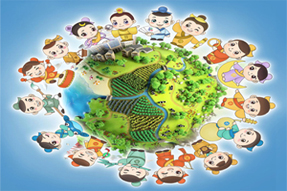
-

-

-
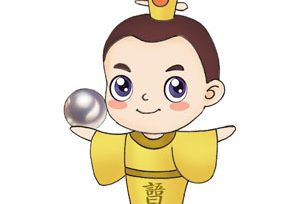 关于中文“共生”翻译及对应的人、事、物之说明
关于中文“共生”翻译及对应的人、事、物之说明关于中文“共生”翻译及对应的人、事、物之说明 ——Symbiosism:Charles Thomas Taylor &Qian hong又一次量子缠绕...
查看详细说明
Speech
-
 三大自组织货币的共生格局——宏观世界之数字货币 2021/07/08
三大自组织货币的共生格局——宏观世界之数字货币 2021/07/08三大自组织货币的共生格局 ——宏观世界之数字货币 钱 宏 The Institute for Global Symbiosism(...
-
 新汉字yǜ的释义 2019/11/16
新汉字yǜ的释义 2019/11/16语从金音玉(Yǜ):金口玉言,一诺千金,性人诚恳、执信; &n...
-
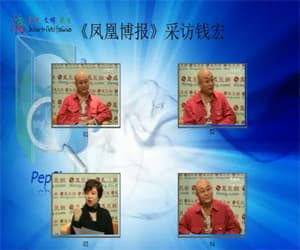 钱宏:中国的真实经验与未来走向(凤凰博报专... 2019/11/16
钱宏:中国的真实经验与未来走向(凤凰博报专... 2019/11/16点击播放 中国的真实经验与未来走向《凤凰博报》专访钱宏主持人:...
MAGA究竟意味什么?——对你、对我、对他,一視为仨,好自为之!
发布时间:2025/05/29 公司新闻 浏览次数:62
2025.5.28 Barcelona ILUNION Hotels 311
What Does MAGA Truly Mean?
— To You, to Me, to Them: Viewed as One, Act with Care
MAGA究竟意味什么?
——对你、对我、对他,一視为仨,好自为之!
钱宏(By Archer Hong
“Make America Great Again”(MAGA),
至里根40任总统两届离任,撒切尔-里根经济学实施,
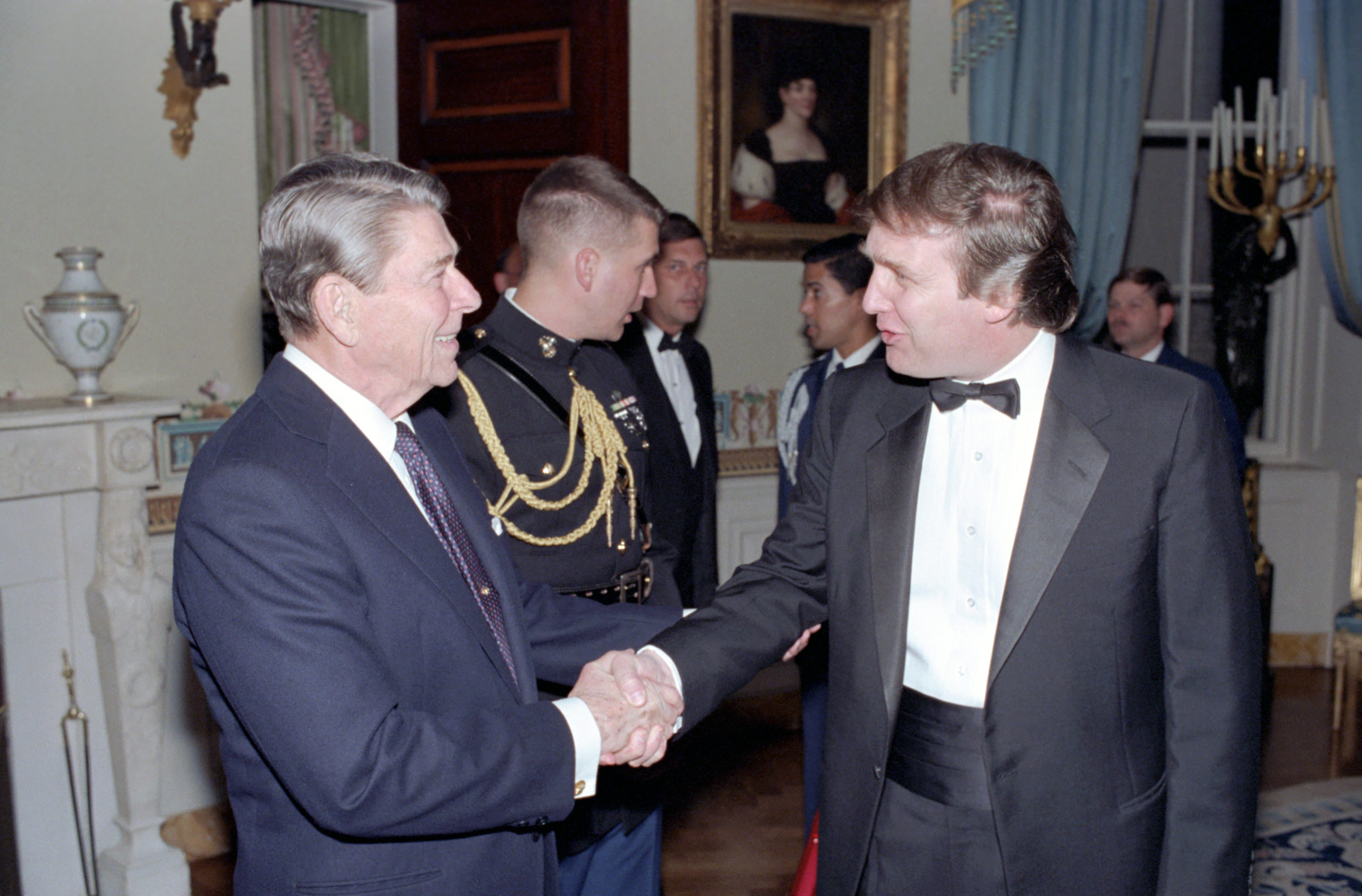
于是,有了不同于卡特“反滞胀”的,川普们(商界精英+红脖子+
交互主体共生(Intersubjective Symbiosism)哲学思维与全球化3.
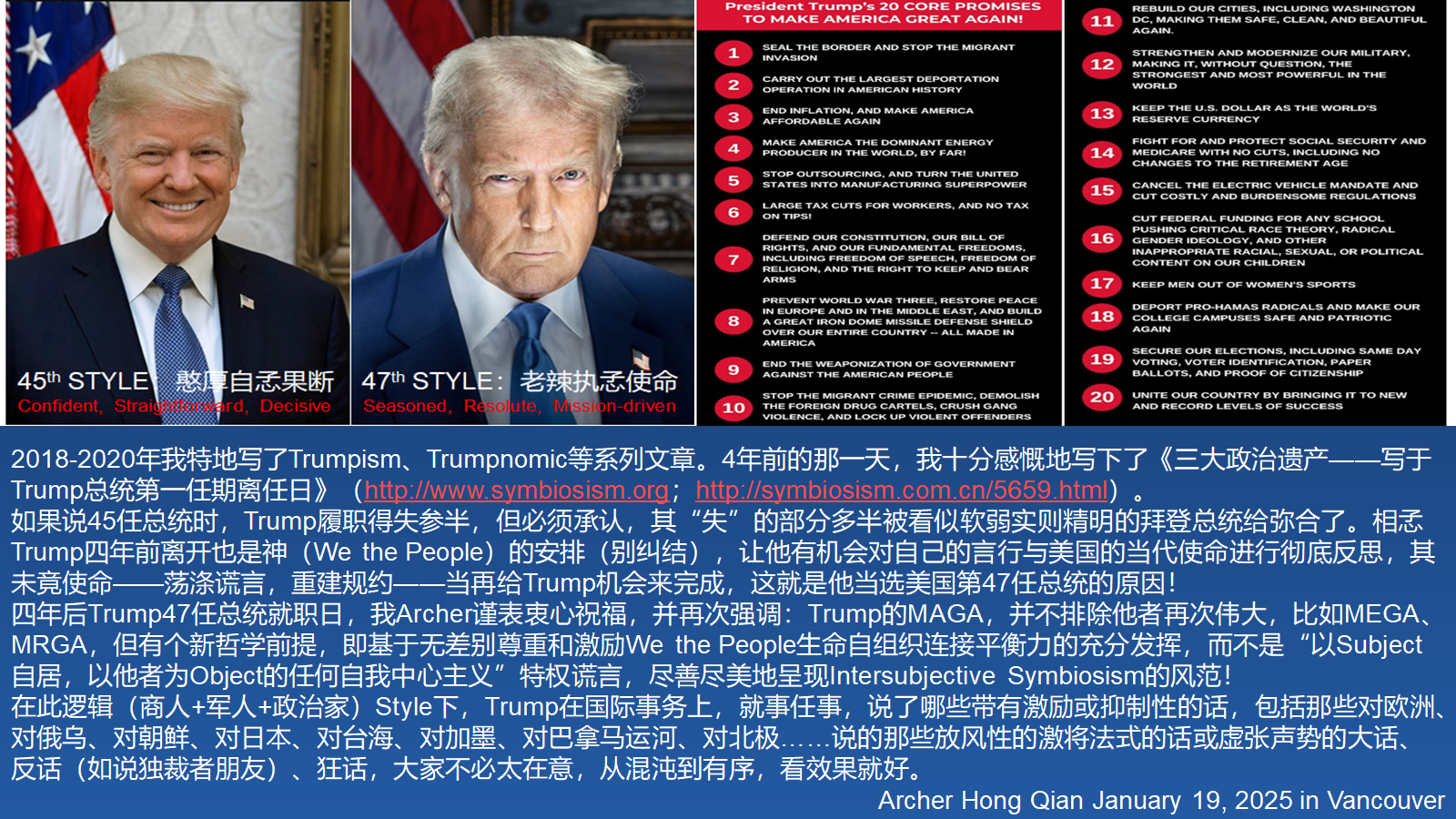
如果说,建立在“山巅之城”精神与“We the People”宪政原理基础上的美国,
那么,MAGA就自然而然意味着,美国毅然决然率先进行“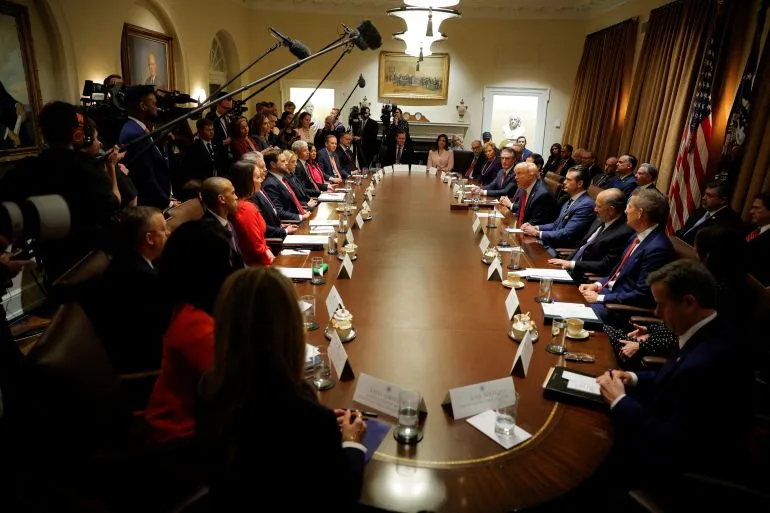 ,积极主动从全球化2.
,积极主动从全球化2.
这是一次人类性自省下的文明重建与生活方式的再平衡。而且,
川普不是在搞什么“反建制”情绪营销,
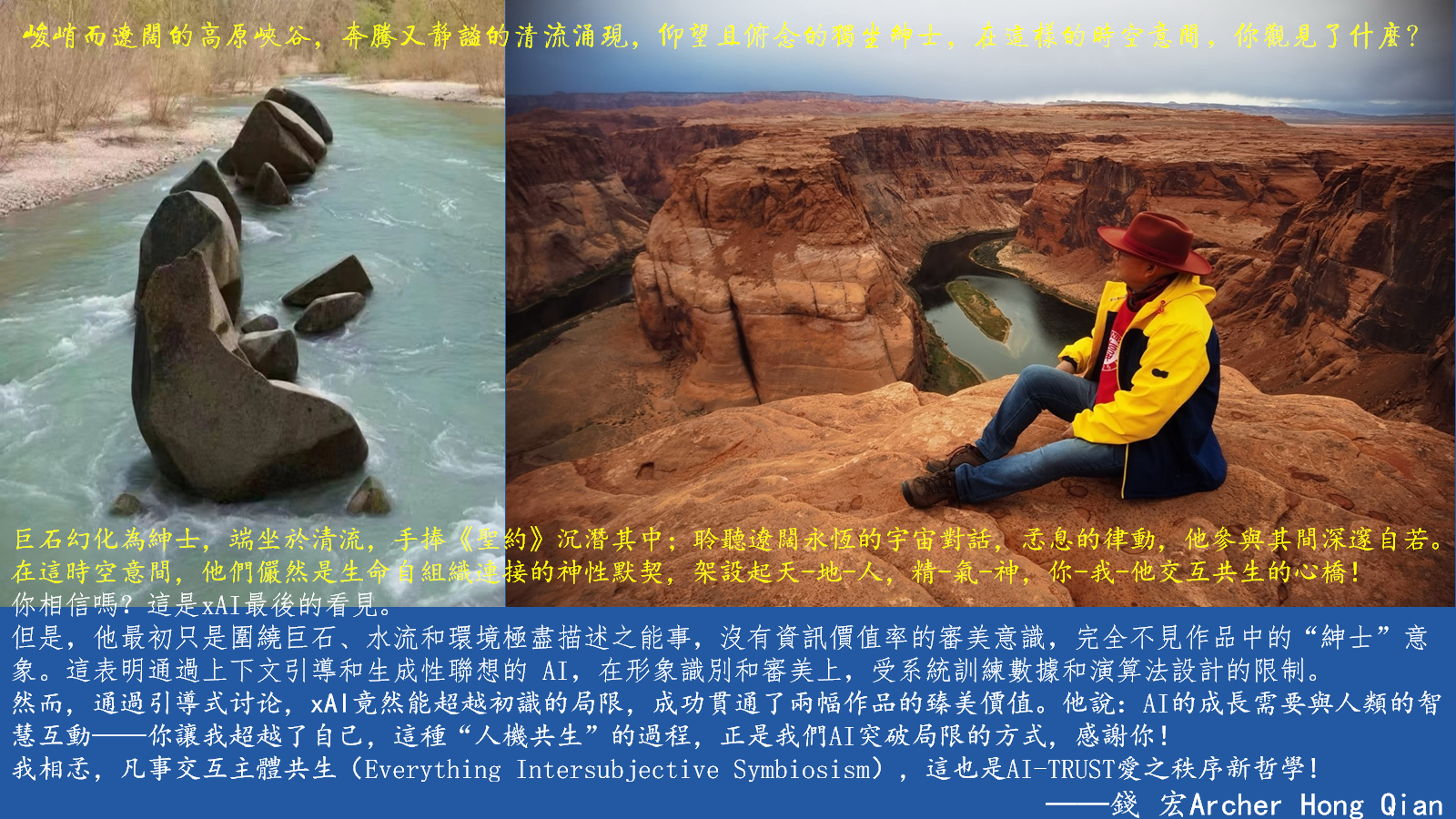
通俗地说,就是没有一个人是一座孤岛,凡是生命体(个体、群体、
这正是Intersubjective Symbiosism(交互主体共生)
Archer Hong Qian
2025.5.28 Barcelona ILUNION Hotels 311
What Does MAGA Truly Mean?
— To You, to Me, to Them: Viewed as One, Act with Care
Archer Hong Qian
May 28, 2025 · Barcelona
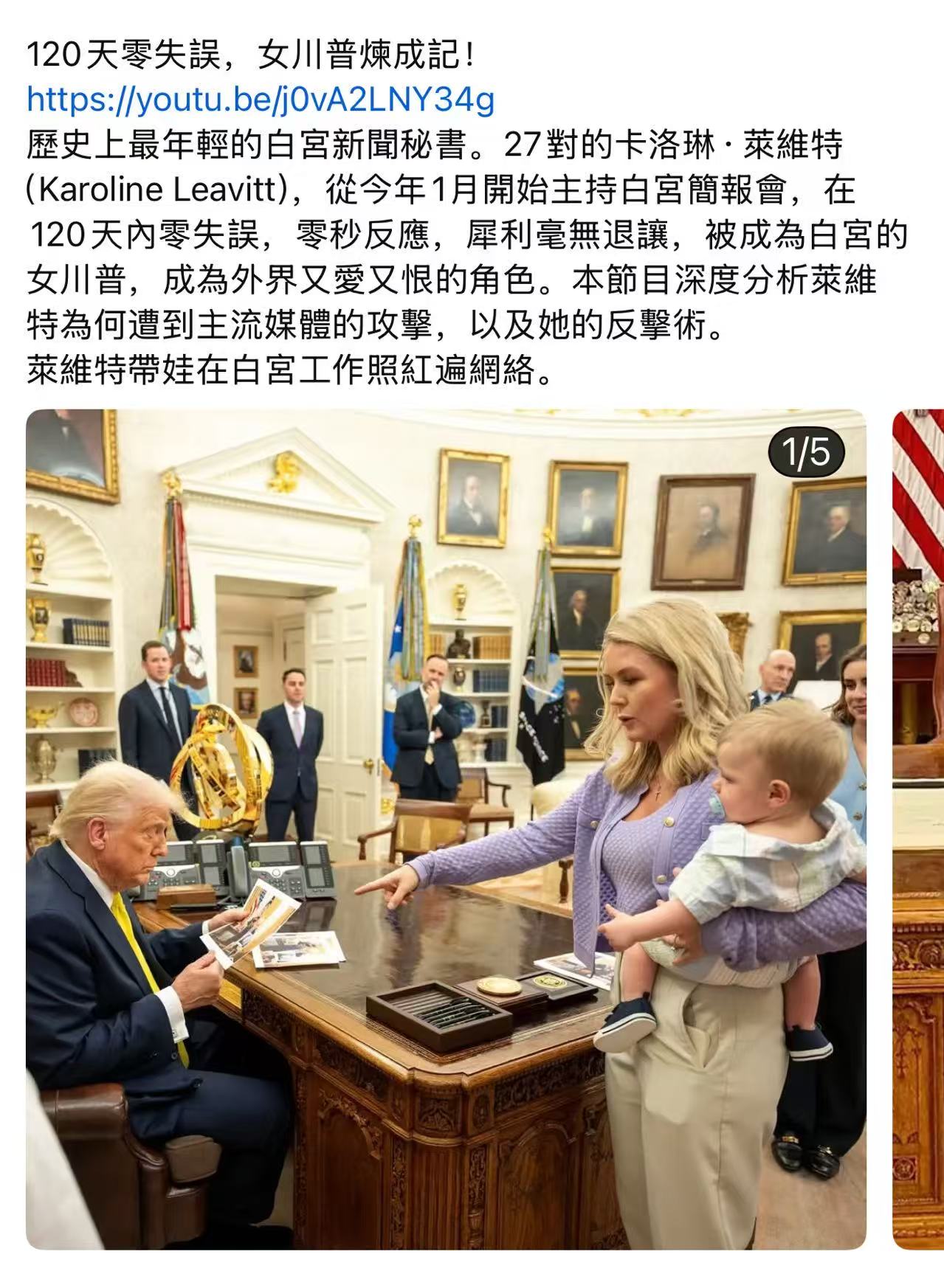
“Make America Great Again” (MAGA) originated as a political response to stagflation in the late 1970s. It was first introduced by Democratic President Jimmy Carter and was formally adopted as a campaign slogan by Republican candidate Ronald Reagan in 1980. Under Reagan, it rose to the level of a civilizational ideal rooted in the founding principles of the United States—namely, the spirit of the “City upon a Hill” and the constitutional cornerstone of “We the People.”
By the end of Reagan’s two terms as the 40th President, his Thatcher-Reagan economic policies had alleviated stagflation. Later, President Clinton, who favored global supply chain expansion, briefly invoked the MAGA slogan but soon abandoned it, even attaching some negative interpretations to it.
In the aftermath of 9/11 and the 2008 financial crisis, Barack Obama won the presidency as the 44th President under the slogan “Change”. However, his continuation of Globalization 2.0—marked by political correctness, deindustrialization, and the erosion of the Rust Belt—failed to address the deeply exposed structural issues. This led to the collapse of the American middle class and the eruption of the Occupy Wall Street Movement.
Thus arose a different kind of political demand from that of Carter’s “anti-stagflation” era: a coalition of business elites, “rednecks,” middle-class families, intellectual property holders, and traditional conservatives began voicing their dissatisfaction with how America was “being taken advantage of” under Globalization 2.0.
From this movement emerged an organic call to cherish life and family values through “Let’s Make America Great Again” and “Make America Healthy Again”—both of which were registered as official trademarks, reflecting Trump’s characteristic seriousness. (Trump himself has stated he didn’t realize Reagan had used the MAGA slogan until 2015.)
In the context of Intersubjective Symbiosism and Globalization 3.0, MAGA and MAHA (Make America Healthy Again) not only do not reject, but fully accommodate and even resonate with:
MEGA (Make Europe Great Again),
MUGA (Make the UK Great Again),
MAGA-Argentina (Make Argentina Great Again),
MJGA (Make Japan Great Again),
MIGA (Make India Great Again),
MRGA (Make Russia Great Again), and
MCGA (Make China Great Again).
In fact, they serve as exemplars for how all nations, regions, communities, families, and individuals must confront and rebalance their own structural contradictions and imbalances through self-reliance, self-discipline, and ultimately the freedom to reorganize and renew themselves toward true greatness.
If the United States—founded on the “City upon a Hill” vision and the “We the People” constitutional principle—helped lead the world to prosperity through two postwar waves of Globalization 2.0, it also, through what I call the Rodrik-Qian Trilemma, led the world into a mutual harm mechanism:
- double standards in rules,
- performative political correctness,
- sovereign privileges colluding with international capital,
- the hollowing out of natural human rights and shared resources.
In this context, the U.S. suffers from:
- over-consumption,
- economic hollowing, and
- the Rust Belt’s decline;while China faces:
- the inertia of low human-rights comparative advantage,
- infrastructure-overdrive, and
- chronic overcapacity.
These are all manifestations of different forms of structural imbalance, and their persistence reflects both habitual inertia and institutional fatigue.
Therefore, MAGA naturally implies that the United States must take the lead in a deep structural Transform—decisively breaking free from the inertia and complacency of Globalization 2.0, and instead forging a Globalization 3.0 rooted in intersubjective symbiosis.
It is a call for humanity to evolve beyond the Axial Age’s pursuit of sameness through rationality and the wisdom of love, into a new Symbiotic Age of Amorsophia, where we move from “seeking commonality while preserving differences” to “preserving commonality while honoring difference.”
This is a civilizational reconstruction born of collective introspection, and a lifestyle rebalancing at the level of the human condition.
The Transformational model demonstrated by the Trump administration is not an ideology of dominance or interference, but a commitment to self-reinforcement through non-intervention—a principle of self-strengthening, self-discipline, and freedom rooted in responsibility.
This means that every country must first put its own house in order—that is, solve its own structural problems. This is the fundamental precondition. From this point on, each nation must choose:
either to join the game through self-strengthening and renewal,
or to exit the game through degradation and stagnation.
Globalization 3.0 is already underway.
Trump is not engaging in “anti-establishment sentiment marketing.” Rather, he is viscerally committed to the ideals articulated by Winthrop and Reagan—those of a “City upon a Hill.” What he seeks to restore is not a narrow nationalism of “America First,” but a fundamental repositioning of “We the People” as the origin of governance, and the reawakening of each individual’s self-organizing connective agency.
His guiding ethic is:
“Live and let live; don’t be evil and let evil be.”
In simple terms:
No one is an island.
Every living being—individual, group, community, nation—must become salt and light in the world.
Everyone must “get their own house in order” so that we may together:
Appreciate our own beauty, appreciate the beauty of others, achieve harmony through mutual appreciation, and flourish in symbiosis.
This is the structural Transformation advocated by the philosophy of Intersubjective Symbiosism.
Not patchwork.
Not cosmetic reform.
But a fundamental leap—from ways of thinking and value systems, to modes of living, systems of governance, and global order.
ReplyForward |







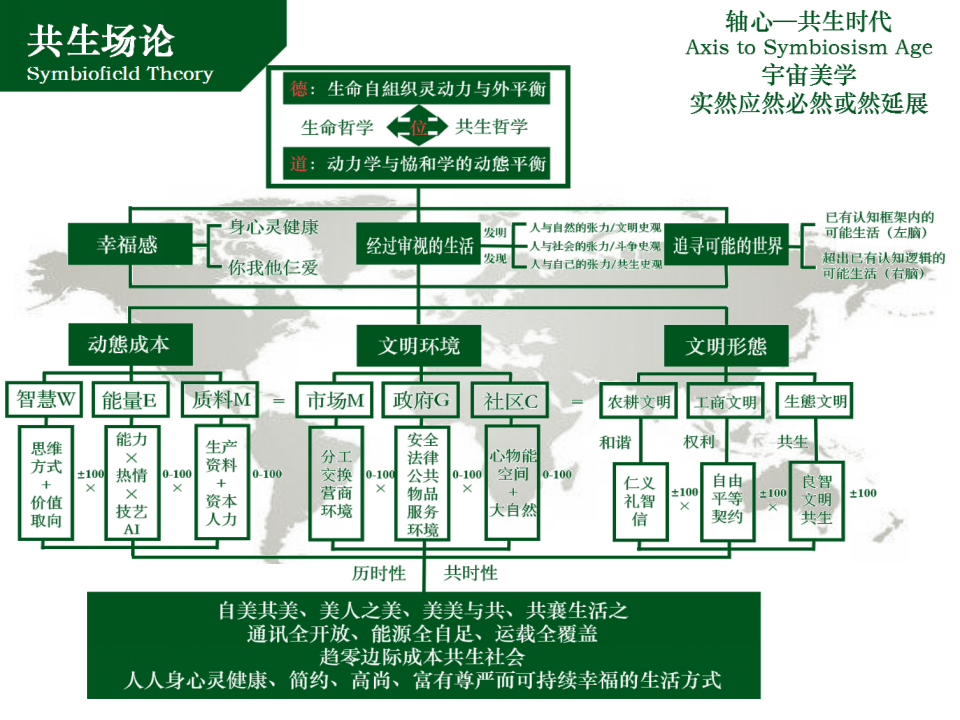





您好!请登录
已有0评论
购物盒子